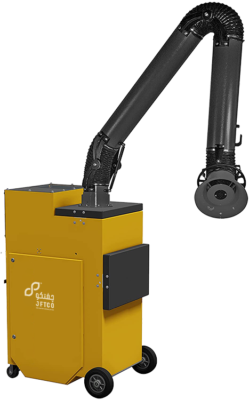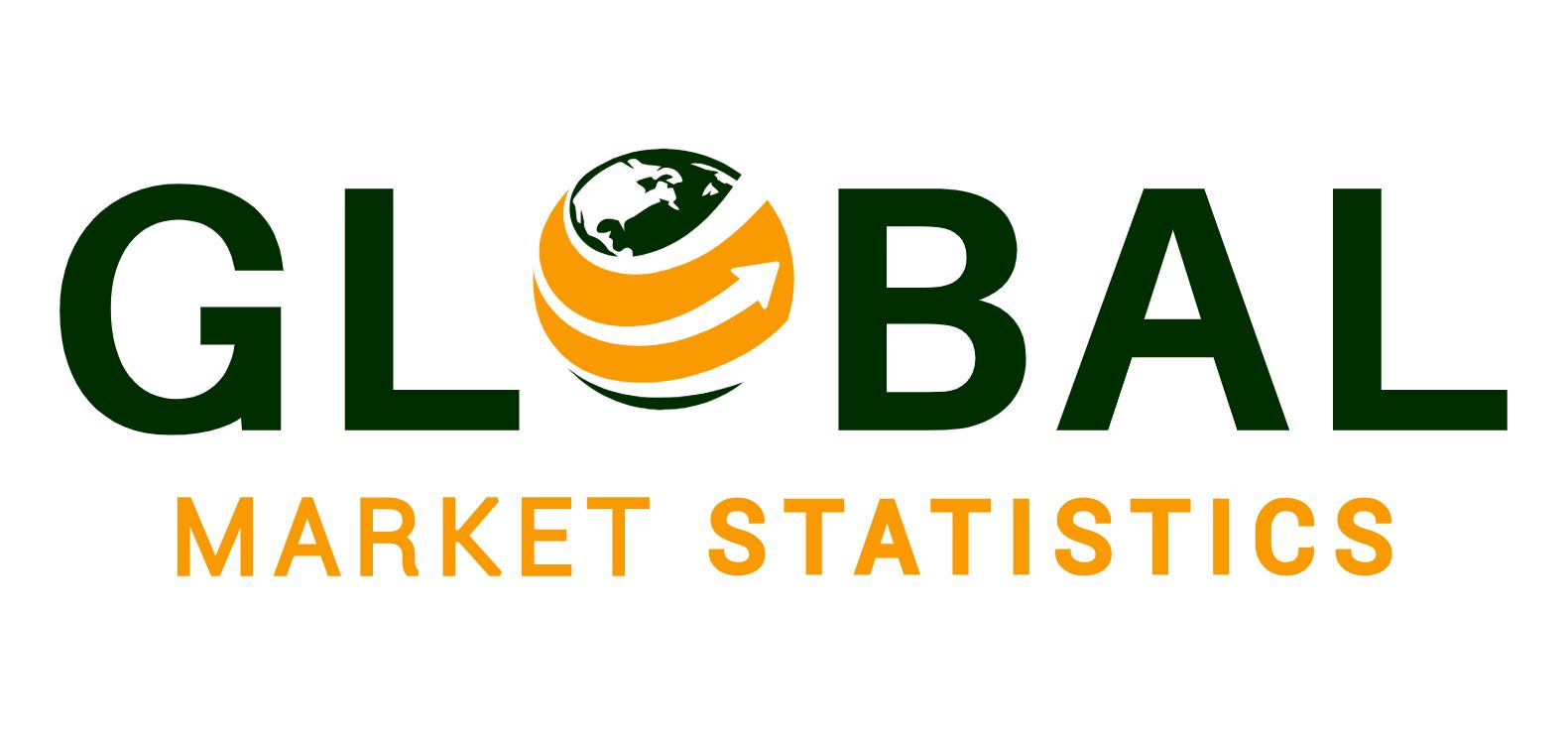In recent years, doctor on-demand apps have revolutionized the healthcare industry by making medical consultations more accessible, affordable, and convenient. These apps enable patients to book virtual appointments, access health information, and even get prescriptions from the comfort of their homes. As technology advances and patient expectations evolve, the doctor on-demand app development landscape continues to transform. Here are some key trends shaping this field in 2024 and beyond.
1. Telemedicine Expansion and Hybrid Care Models
With telemedicine gaining wide acceptance, doctor on-demand apps are focusing on enhancing remote healthcare delivery while also integrating in-person visits. This hybrid care model, which combines virtual consultations with options for physical appointments when necessary, allows healthcare providers to offer more personalized and comprehensive care. Doctor on-demand apps are beginning to include tools that bridge the gap between digital and physical healthcare, catering to patients who require regular follow-ups and condition monitoring.
2. AI-Driven Patient Engagement
Artificial intelligence (AI) is transforming the way patients engage with doctor on-demand apps. From intelligent chatbots that assist patients with scheduling appointments to AI-driven symptom checkers, these applications are becoming more responsive and interactive. AI algorithms analyze patient data to provide personalized healthcare recommendations, enabling apps to deliver a tailored experience. Moreover, predictive analytics are now being used to identify potential health risks and recommend preventive measures, enhancing proactive patient care.
3. Data Security and HIPAA Compliance
With an increasing amount of patient data being exchanged over doctor on-demand apps, data security remains a top priority. Ensuring that apps are compliant with the Health Insurance Portability and Accountability Act (HIPAA) and other data protection regulations is essential for building patient trust. Developers are implementing multi-layered security protocols, end-to-end encryption, and advanced authentication methods to protect sensitive health information from breaches.
4. Integration with Wearable Devices
As wearable devices like fitness trackers, smartwatches, and heart rate monitors become more popular, doctor on-demand apps are integrating data from these devices to offer better insights into patient health. Wearable devices can provide continuous data on a patient’s vital signs, physical activity, and sleep patterns, enabling doctors to monitor their patients’ health more effectively. This trend is particularly beneficial for chronic disease management, where consistent monitoring can prevent health complications and reduce hospital visits.
5. Augmented Reality (AR) and Virtual Reality (VR) for Enhanced Consultations
Emerging technologies like AR and VR are finding new applications in healthcare. Doctor on-demand apps are experimenting with AR and VR to make remote consultations more interactive and immersive. For example, AR can be used to help patients better understand their diagnosis or treatment plan through 3D visuals, while VR can enable doctors to conduct physical examinations remotely by simulating a virtual environment. Although in its early stages, this trend has the potential to greatly enhance patient engagement and satisfaction in virtual healthcare.
6. On-Demand Mental Health Services
The demand for mental health support has surged, and doctor on-demand apps are expanding their services to include mental health professionals. On-demand mental health services such as counseling, therapy, and behavioral health assessments are becoming a standard offering in many healthcare apps. This trend allows patients to access support when they need it most, reducing wait times and removing the stigma often associated with mental health treatment. Providing on-demand mental health services is a critical step towards holistic healthcare.
7. Personalized Health Records and Self-Care Tools
Personalized care is at the forefront of modern healthcare, and doctor on-demand apps are empowering patients with customized health records and self-care tools. These apps now offer dashboards where users can track their medical history, prescriptions, lab results, and upcoming appointments. Self-care tools, such as medication reminders, symptom checkers, and wellness resources, encourage patients to take control of their health. This trend aligns with the growing emphasis on preventive healthcare, as patients are now more proactive about managing their health.
8. Incorporation of Blockchain for Data Integrity
Blockchain technology is emerging as a valuable tool for maintaining the integrity of patient data. Doctor on-demand apps are adopting blockchain to create a decentralized and transparent record-keeping system that ensures patient data remains unaltered and securely accessible only to authorized users. This innovation can address concerns related to data manipulation and unauthorized access, providing a more trustworthy digital healthcare platform. Blockchain can also enable smoother data sharing between healthcare providers, fostering better collaboration and continuity of care.
9. Advanced Payment Options and Subscription Models
Convenient payment options and flexible pricing models are becoming essential in doctor on-demand apps. Apps are now incorporating multiple payment gateways, including digital wallets and cryptocurrency options, to make transactions seamless. Additionally, many platforms are adopting subscription models that offer patients a range of healthcare services for a fixed monthly or annual fee. These models improve patient retention and ensure steady revenue for healthcare providers, while giving patients cost-effective access to routine care.
10. Enhanced User Experience (UX) with Voice Recognition
Voice recognition technology is being integrated into doctor on-demand apps to make navigation easier, especially for users who may not be comfortable with mobile technology. Voice-enabled commands allow users to schedule appointments, check test results, and access health information hands-free, enhancing accessibility. This feature is particularly valuable for elderly patients and individuals with disabilities, making healthcare more inclusive.
Conclusion
The future of doctor on-demand app development lies in leveraging advanced technologies to improve patient outcomes, personalize care, and streamline healthcare processes. As the industry evolves, staying updated with these key trends is essential for creating applications that meet both patient needs and healthcare provider expectations. By integrating cutting-edge features and ensuring a seamless user experience, doctor on-demand apps are set to play an integral role in modern healthcare.
As healthcare providers and developers look to capitalize on these trends, understanding the best practices in doctor appointment app development will be essential to create user-friendly, secure, and reliable platforms.



